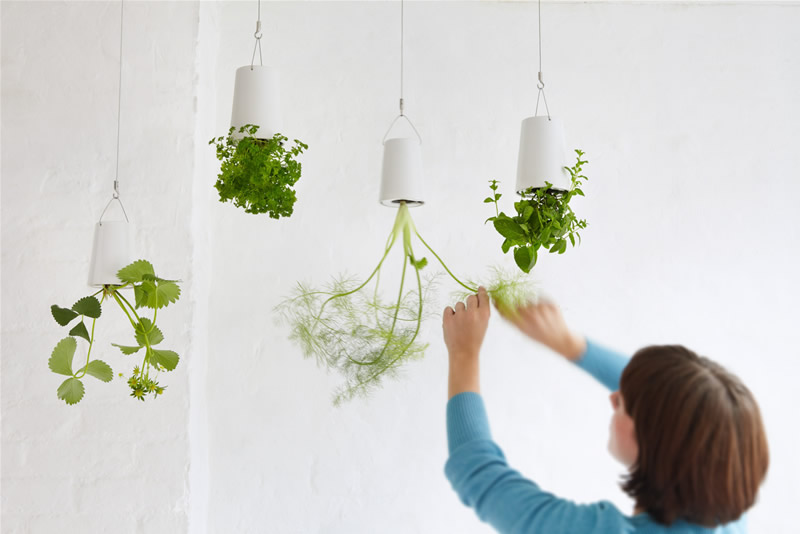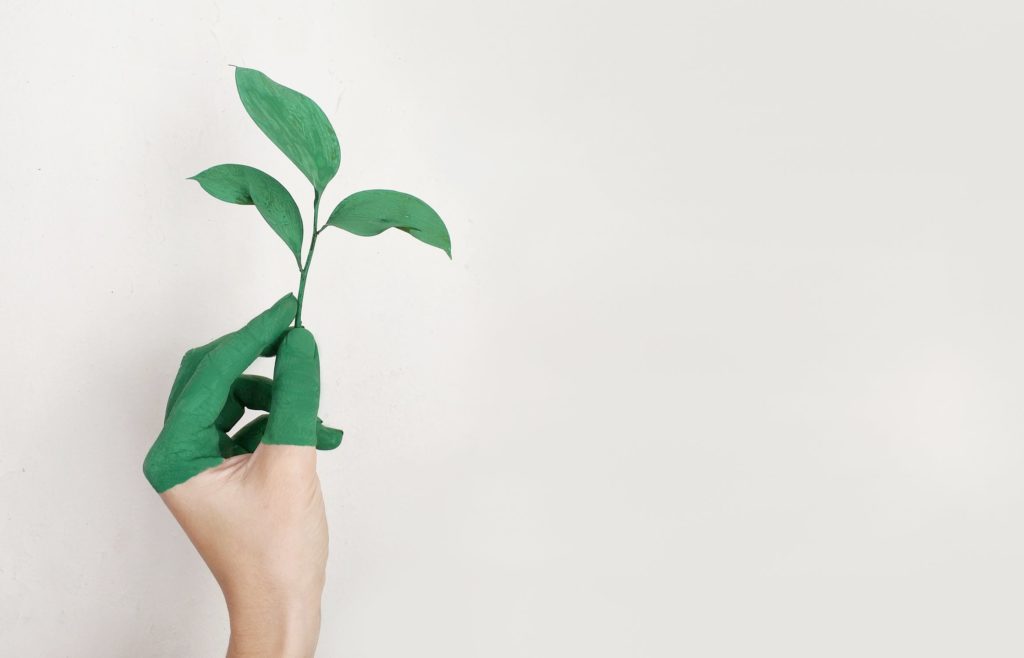The majority of the millennial generation says that they were willing to pay extra for sustainable offerings. Given that this generation makes up a total of $600 billion of spending/purchasing in the United States alone, and that number is only expected to climb, there’s no time better than now to start thinking about how to be more eco-friendly as product design developers.
Poor packaging, toxic materials, disposable products, and the list of problems that brands and product design developers are facing in 2018 goes on. However, we’re seeing more and more companies combat these issues with smart and innovative products like the eco-friendly Desert Shell we featured on our blog or the company designing office chairs out of recycled plastic.
So, how can you start putting the environment at the forefront as product design developers?

Designing for the environment as product design developers
Environmental sustainability requires you to take a closer look at the entire process of your product design. Designers need to look at the factors that go beyond the financial and practical considerations for their product design, paying attention to each step both before and after the product production.
This includes the sourcing and processing of the materials, as well as what happens to the product once it has reached the end of its life. Can its components be recycled or reused for new products, or will it be discarded to a landfill to slowly decompose?
The DfE approach
The Design for the Environment approach (DfE) is an approach that product design developers are starting to implement to reduce the negative environmental impacts of design. This approach is based on four concepts that cover the lifecycle of the product design.
1) Design for environmental processing and manufacturing
Consider how the raw materials that go into making all aspects of your product. Think about how they are extracted, processed and manufactured.
How are they mined/grown/drilled?
Does the answer constitute a large part of the product’s environmental footprint?
Are the materials used recyclable or reusable?
Are there materials available that you can use instead?
Also, consider how those materials were processed. Something that was once environmentally friendly can easily cause harm to the environment after it has been processed.

2) Design for environmental packaging
The packaging of a product is one of the biggest culprits of harming the environment. More than 8 million tons of plastic is dumped in our oceans each year, which seriously jeopardizes our future, our children’s future, and the future of the wildlife that calls the ocean their home.
Products almost always require packaging, but product design developers need to be responsible and ensure that the packaging used is not just the most convenient or cheapest but the most environmentally friendly option.
Using reusable or recyclable shipping and packaging products and eliminating any unnecessary packaging materials will make a huge impact!
3) Design for disposal or reuse
Everything has a lifespan, and it’s important to not just think about when the product will be used but also what will happen to it when it reaches the end of its life cycle.
This is one of the most important stages because oftentimes, products end up in the trash, where they will make lengthy journeys to our landfills, and so on. An eco-friendly designer will think about the reuse, recycling or reclamation of the product or materials.
4) Design for energy efficiency
This especially applies to electronic devices. The goal for this is to reduce the overall energy consumed by the product over the course of its life. Consider energy-efficient light bulbs as an example of this approach in action.
Being an eco-friendly designer requires you to rethink what you may have been taught to do and think. However, like anything, designing eco-friendly products will come naturally with practice. Plus, don’t you want to create a world that is safe and long-living for future generations?
About: MAKO Design + Invent is the original firm providing world-class consumer product development services tailored to startups, small manufacturers, and inventors. Simply put, we are the leading one-stop-shop for developing your physical product from idea to store shelves, all in a high-quality, cost-effective, and timely manner. We operate as one powerhouse 30-person product design team spread across 4 offices to serve you (Austin, Miami, San Francisco, & Toronto*). We have full-stack in-house industrial design, mechanical engineering, electrical engineering, patent referral, prototyping, and manufacturing services. To assist our startup and inventor clients, in addition to above, we help with business strategy, product strategy, marketing, and sales/distribution for all consumer product categories. Also, our founder Kevin Mako hosts The Product Startup Podcast, the industry's leading hardware podcast. Check it out for tips, interviews, and best practices for hardware startups, inventors, and product developers. Click HERE to learn more about MAKO Design + Invent! *NOTE: Engineering services are provided exclusively by our USA-based engineering team








Rainbow
2018-07-02 at 7:25 amnice article! thanks for sharing it…